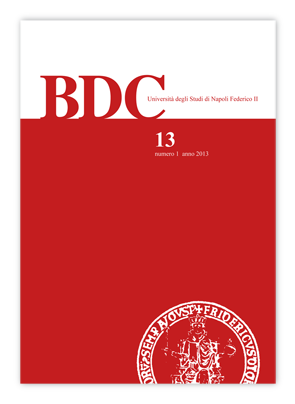VIBRANT PLACES: CLARIFYING THE TERMINOLOGY OF URBANISM IN THE U.S. CONTEXT
Abstract
The preferred development outcomes of smart growth, New Urbanism, transit-oriented development, traditional neighborhood/green development, active design and walkable urbanism may be called vibrant places which are compact, connected, mixed use, walkable and transit oriented. Vibrant places can be either vibrant centers or vibrant communities depending on the predominance of work space in the former or residential neighborhoods in the latter. Together vibrant centers and communities offer an alternative regional spatial structure of transit-connected nodal development. The metro region would consist of transit-oriented vibrant centers in an approximate rank-size distribution and vibrant communities located around urban core centers and suburban town centers. This regional spatial structure would support the emerging knowledge-based economy in the U.S., reduce vehicle miles traveled, promote public health, use public infrastructure more efficiently and consume much less land.
Downloads
Riferimenti bibliografici
Keywords: vibrant places, smart growth, regional development
Copyright (c) 2014 BDC. Bollettino Del Centro Calza Bini

This work is licensed under a Creative Commons Attribution 4.0 International License.
